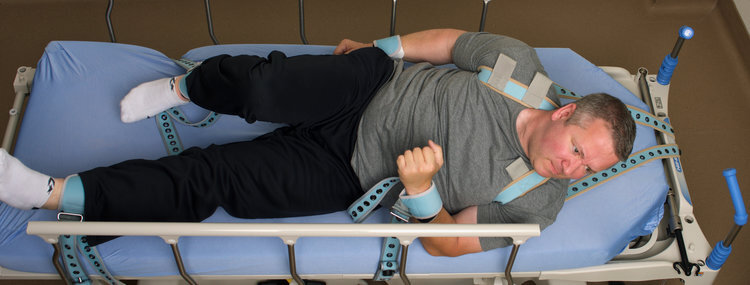Choosing the right patient restraint system
Estimated reading time: 3 minutes, 15 seconds
PINEL MEDICAL’S DE-RESTRAINT SYSTEM CAN BE CHANGED TO A MOBILE RESTRAINT. A HUGE ADVANTAGE!
In some hospital systems, the traditional four-point restraint is the only one used. It provides some security but does not allow for mobility or adjustments. As a health care provider, if you are looking for a restraint that will keep the patient secure, but will also allow for mobility and can work with the patients’ needs, check out Pinel’s De-Restraint System.
How Pinel’s De-Restraint System Works
Having multiple points and options on the Pinel De-Restraint system enables you to lock the patient down completely, in 30 seconds! Then, by adding one button you can lock the patient in seven points. Furthermore, by removing one button and passing the strap to the back, you can turn the lockdown restraint into a walking restraint. This way the patient is always in full security and you are always safe, since you don't have to fully remove the restraint and then put it back on again. You can safely lengthen one of the straps so that they can even scratch their nose! You can work with the patient, offering them freedom little by little and slowly releasing them from restraints.
This waist restraint is one of several ground-breaking products in the Pinel Medical De-restraint System.
The Pinel De-Restraint System creates a better hospital experience for both patients and medical staff
Keeping health care teams safe: Being able to easily convert the Pinel lockdown restraint into a walking restraint means that you can safely take the patient to the washroom or to get their test results. It allows you to roll the patient on their side and secure them if they're vomiting, from a drug overdose, for example. No other restraint offers that.
Preventing patient blood clots: Blood clots can occur when medical staff leave a patient in a restraint, unable or afraid to move them. All too often, when the patient gets up after three days of being locked in this kind of restraint, a blood clot has formed. This can lead to deep vein thrombosis (DVT), which occurs when a blood clot forms in one or more of the deep veins in the body, usually in the legs. All too often, the patient dies as a result. Blood clots can be avoided by using a lockdown restraint that can be converted to a walking restraint, allowing for mobility.
Replacing numerous restraints of different sizes with one restraint adjustable to any size:
Staff need to choose the right restraint for the patient’s size. They could be dealing with a child, a woman or a larger man. This typically requires having restraints of different sizes on hand. But not with ours. Our restraint comes in just one universal size that is adjustable to the size of the patient. Staff don’t have to think about choosing the right size restraint. Our restraint makes sense, because it makes it easy.
The Pinel De-Restraint System meets both the hospital’s requirements and patients’ needs.
We can basically meet whatever the hospital policy allows for. It enables you to choose the right restraint for your needs within the parameters of your hospital's requirements.
HERE’S WHAT ONE OF OUR CLIENTS TOLD US RECENTLY:
“The Pinel De-Restraining System is versatile and flexible – we can change the length, add and take away restraints to make the patient as comfortable as possible. I’ve had the opportunity to both use and train with the system – everyone loves it.”
— CALVIN MILLER, EMERGENCY MANAGEMENT CONSULTANT MA/CHPA
IF YOU’RE LOOKING FOR A RESTRAINT THAT PROVIDES CONSISTENT FULL SECURITY, BUT ALSO ALLOWS FOR MOBILITY, THIS ONE IS FOR YOU.
To learn more about the Pinel De-Restraint System and other innovative products in the Pinel Medical De-restraint System, and to access our training videos, please book your free consultation with us. We look forward to making your on-the-job healthcare routines work better for you.




